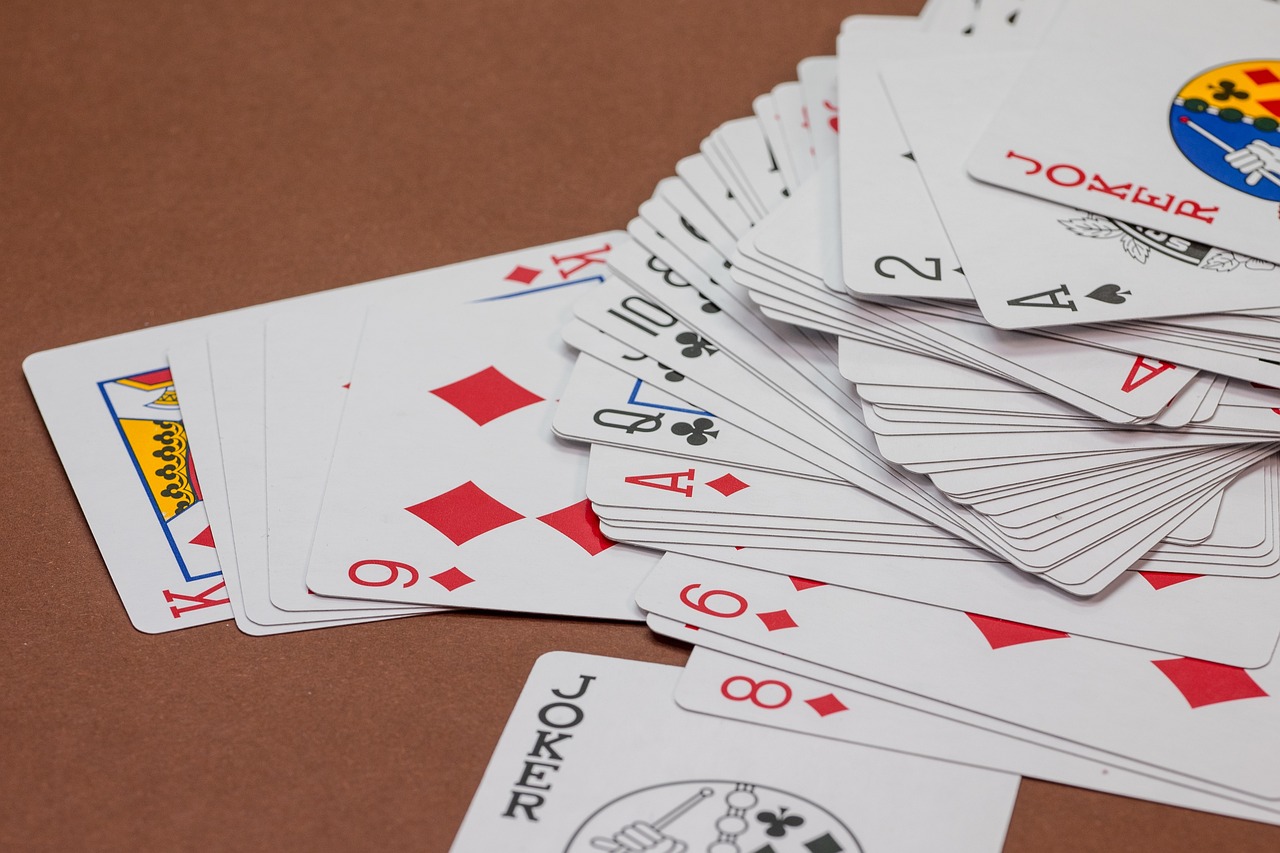Texas Holdem has become a sensation among poker players and table game enthusiasts thanks to its combination of speed and complexity. Texas Holdem poker is known for providing an exciting challenge for experienced players and an easy-to-learn structure that helps bring newbies into the fold. This ultra-popular poker variant combines aspects of poker with modern convenience, making it possible to play Texas Holdem online anytime you want.
Thanks to the game’s easy accessibility and ever-changing strategy, it has captivated millions of people from around the world who regularly compete in poker tournaments online and off. Something is thrilling about testing your skill against opponents in ways never before possible. This game is a great way to make friends while enjoying the high-stakes good times that can only be found at the poker tables.
When you play Texas Holdem, strategy is king. One of the most essential strategies you can use is post-flop tactics, which come into play after the initial deal. Post-flop tactics are when you assess your hand and make decisions about whether to raise, call, or fold at the flop.
To become a winning player in Texas Holdem poker, you need to understand and employ effective post-flop strategies for each situation. Here are some helpful tips on improving your games with post-flop plays:

Learn how to read your opponents
When it comes to honing your post-flop play, learning your opponent’s behavior is extremely important.
You should be able to recognize an opponent’s tells, such as betting patterns or hesitation, before making a move. This knowledge can help you determine if they have a strong hand or if they are bluffing.
Check your possibilities and calculate outs
When playing Texas Holdem post-flop, it’s important to consider all of your possibilities before making a move. Look at the cards on the table, calculate the chances of hitting a good hand, and then decide how you want to proceed. Counting outs can help you figure out how likely it is for you to obtain the desired card combination that would make your hand unbeatable.

Know when to bluff
Bluffing is an incredibly powerful tool when used correctly in Texas Holdem poker. However, it can also be dangerous if abused or overused. Knowing when to bluff and when not to bluff can differentiate between success and failure in post-flop play.
Slow play at a poker tournament
Learning how to execute the slow play is vital in any Texas Holdem strategy. Slow playing allows you to maximize the pot size and increase your winnings. It can also be used as a strategic tool to bait opponents into making wrong moves, allowing you to take their chips easily.
Slow playing requires a lot of patience and mental discipline, as it can be difficult to restrain yourself from acting without thinking. However, with practice and experience, you’ll soon master the art of slow playing and become a force to be reckoned with at the poker tables.

Fold cards that have little chance of drawing
Knowing when to fold is essential for any successful poker player. If your hand has little chance of drawing, it’s often wise to fold and wait for a better opportunity. Don’t get too attached to the cards in your hand – sometimes, it’s better just to let go and cut your losses.
New players make the mistake of calling or limping in after the flop, even if their cards have little chance to draw. They still hold out to the river, hoping to get lucky. As a result, they end up losing more chips than necessary.
Don’t lose all your chips over a draw after the turn
Even if you have a flush draw at the river, you really have to be careful. Odds are you still won’t hit the flush, even though you are only one card away. Don’t put all your chips in the middle of the table if you don’t think your hand will be good enough after the turn.
Play pairs more aggressively post-flop
Pairs are usually strong hands after the flop, so you should play them more aggressively. Betting and raising is often the best way to protect your hand and build a bigger pot. With a pair, you also have better odds of hitting a full house or four of a kind as well.
3-bet after a flop from time to time
3-betting after the flop is a great way to increase your winnings. It can put pressure on your opponents and force them to fold or make mistakes. You should be aware, however, that opponents can call your 3-bet with a strong hand, so only do this when you have confidence in your cards.
Focus on eliminating limpers and conservative players after the flop
After the flop, it’s essential to focus on eliminating limpers and conservative players. These opponents are more likely to fold their cards after a bet or raise, so you have better chances of taking their chips. Keep an eye out for these players and adjust your betting accordingly.
Conclusion
These are just some of the post-flop Texas Holdem poker plays that can help you become a winning player. By learning and understanding these strategies, you can maximize your winnings and increase your chances of taking down big pots. With practice and experience, you’ll soon master the art of post-flop play and become an unbeatable force at the poker tables!
